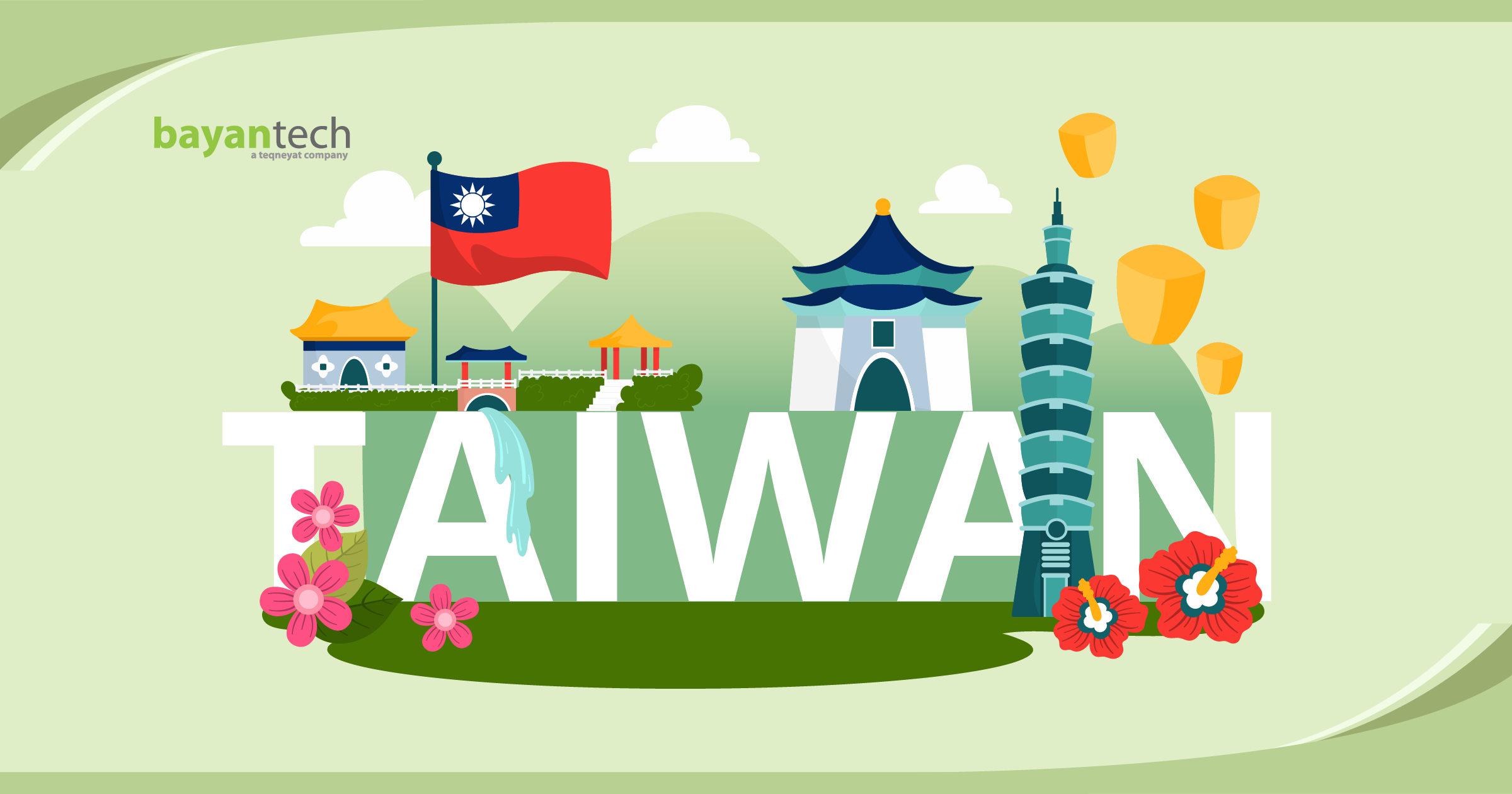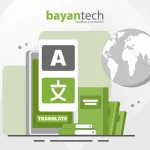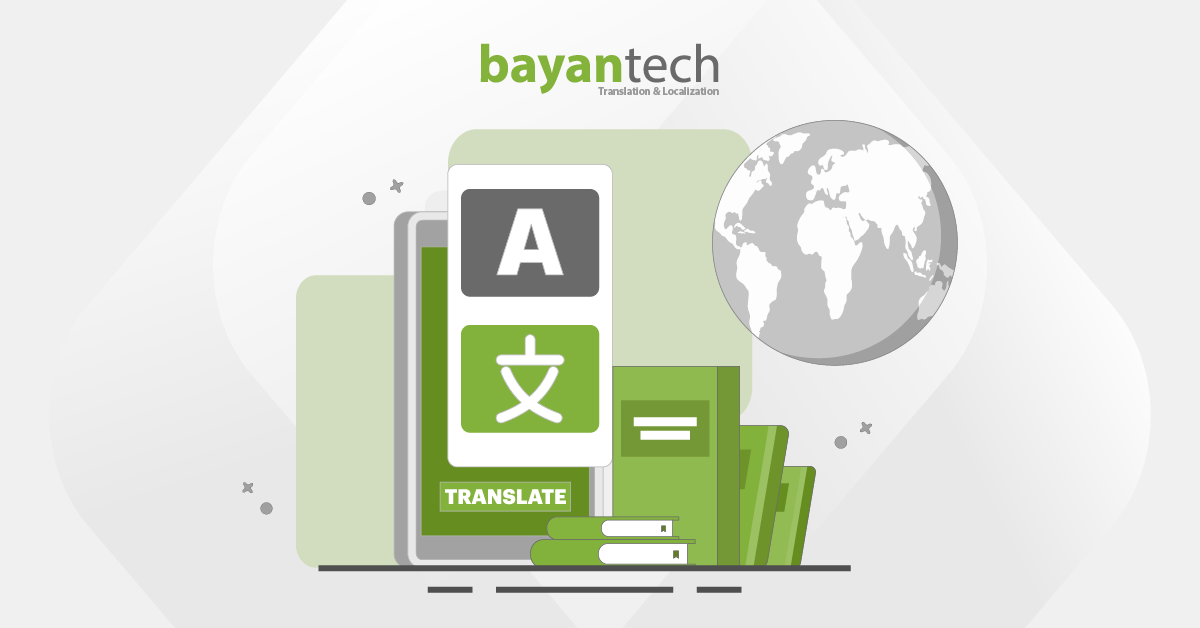Taiwan, one of the world’s most densely populated countries, boasts a thriving economy and presents significant growth opportunities for global companies.
Despite its small size (roughly the same as the Netherlands), Taiwan is home to 23.42 million people who have a strong appetite for imported, high-quality products.
However, to enter the Taiwanese market, you don’t just need to understand consumer demand—you’ll also need to navigate language barriers.
With the country’s relatively low English proficiency, it’s essential to grasp the variety of languages spoken in Taiwan to craft an effective translation and localization strategy.
In this blog post, you’ll learn about what languages are spoken in Taiwan and explore some key tips by market experts. Shall we get started?
Mandarin (The Official Language of Taiwan)
Mandarin is the official language of Taiwan (officially the Republic of China) and serves as the primary language in the government, education, and media.
Also, Mandarin is the most widely spoken language in the country with 97.5% of the population speaking it as a first language.
However, Mainland China’s Mandarin and Taiwanese Mandarin are not entirely similar.
The most remarkable difference is the writing system. Taiwan uses Traditional Chinese characters, while Mainland China primarily uses Simplified Chinese.
There are also subtle differences in pronunciation. It’s kind of like telling apart an Australian accent from a British one—the same goes for Taiwanese and Mainland Mandarin.
Visual
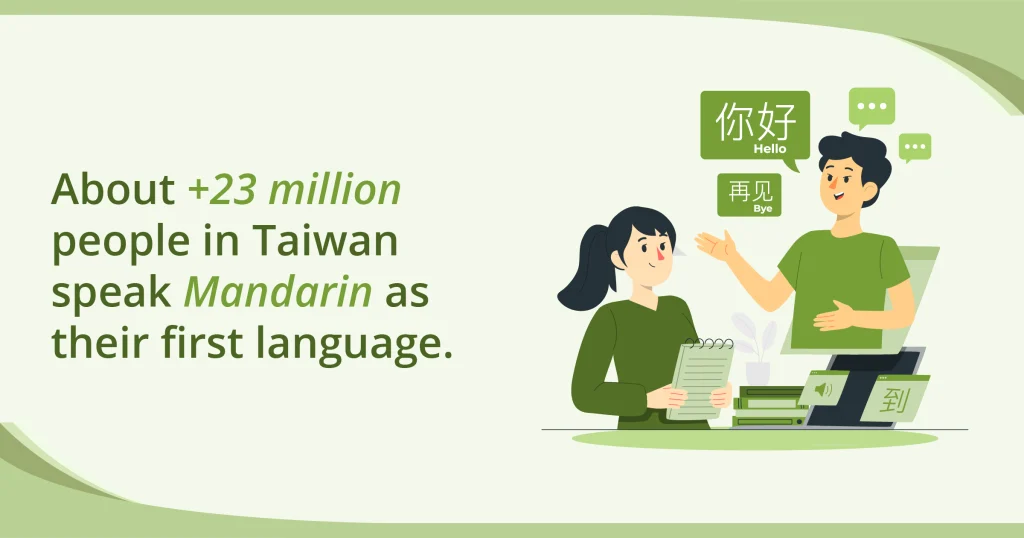
Hakka
Hakka is another language spoken in Taiwan, originating from the southern Fujian Province. It’s one of the Chinese dialects brought over by the Hakka people, who were among the first Chinese migrants to Taiwan.
Today, around 12% of the Taiwanese population speaks Hakka, but the language is slowly fading due to the dominance of Taiwanese Mandarin and Hokkien.
Taiwanese (The Everyday Language)
Hokkien, often referred to as Taiwanese, was one of the primary languages in Taiwan before Mandarin became dominant.
The roots of Taiwanese Hokkien trace back to Old Chinese, originating from the dialect spoken by the Hokkien people of Southern China’s Fujian province.
While it can be seen as a dialect of Chinese, its long history has made it so distinct that it is no longer mutually intelligible with Chinese languages.
Additionally, Hokkien incorporates more Japanese loanwords, a result of Taiwan’s 50-year period of Japanese rule—making it a quite unique language of its own.
Today, Taiwanese remains the everyday language used by older generations and in rural areas and informal settings.
Visual
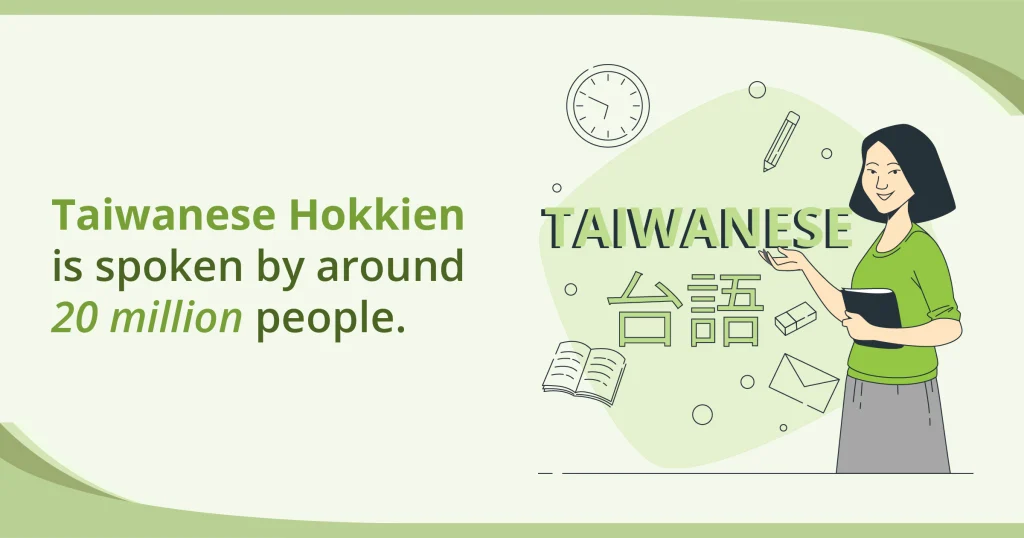
Formosan (The Indigenous Languages of Taiwan)
Formosan is a language group that refers to the languages spoken by the ethnic groups of Taiwan, the Austronesians.
Austronesian people have lived in Taiwan for centuries and today they make up less than 2.5% of the country’s population.
At least 10 out of the estimated 26 Formosan languages have become extinct, while 4 are on the brink of extinction, and the rest are all endangered to varying degrees.
Of course, the use of indigenous Formosan languages is steadily declining due to the widespread dominance of Taiwanese Mandarin.
The Foreign Languages Spoken in Taiwan
- English
As a global language, of course, some people in Taiwan speak English as a second language. But how common is it?
As of 2020, it’s estimated that only less than 40% of Taiwanese adults speak English as a second language.
- Japanese
During Japan’s rule over Taiwan, the Japanese language was widely taught in schools until 1945. As a result, a small minority of older Taiwanese, typically those over 80, still speak some Japanese today.
The Importance of Localization for Reaching the Taiwanese Market
Thinking about expanding your business into the Taiwanese market? Then, it’s time to plan how you’ll localize your brand, offerings, documents, and marketing content.
You can’t just simply translate your website or product labels and call it a day. Why not?
Well, because your products and brand message that resonate with customers in your home country might not have the same impact in the Taiwanese market.
You must make your brand feel like it belongs in Taiwan by reflecting the local culture, values, and way of life to earn the trust and loyalty of Taiwanese consumers.
But don’t just take our word for it—here’s what in-market experts have to say about the best practices for global brands entering Taiwan:
“Global brands entering the Taiwan market have to blend in with the local culture,” said Maggie Tang, managing director at UM Taiwan, a global media agency.
Tang further emphasized that international companies should strengthen their corporate social responsibility (CSR) efforts to show local consumers they aren’t merely exploiting resources, but actively supporting the community.
David Yu, chief branding and strategy officer, also noted:
| “Although global brands have expertise in their insights team, they would work better to team up with local brands and agencies to understand consumer insights and adapt faster to the local market changes.” |
In short, succeeding in Taiwan requires a tailored localization strategy that considers the Taiwanese mindset and culture. By understanding local practices and partnering up with experts, your brand can build strong relationships and succeed in the market.
bayantech: Your Partner for Successful Localization in Taiwan
bayantech is a professional translation services provider with two decades of experience helping global brands communicate effectively in foreign markets.
We provide translation and localization into and from the Taiwanese and Chinese and across +120 languages.
We match you with in-country, native-speaking, specialized translators and linguists with years of experience. This ensures you receive the highest quality translations that guarantee your message strikes a chord with your target consumers.
Get in touch today and let’s discuss how we can support your brand across continents.

